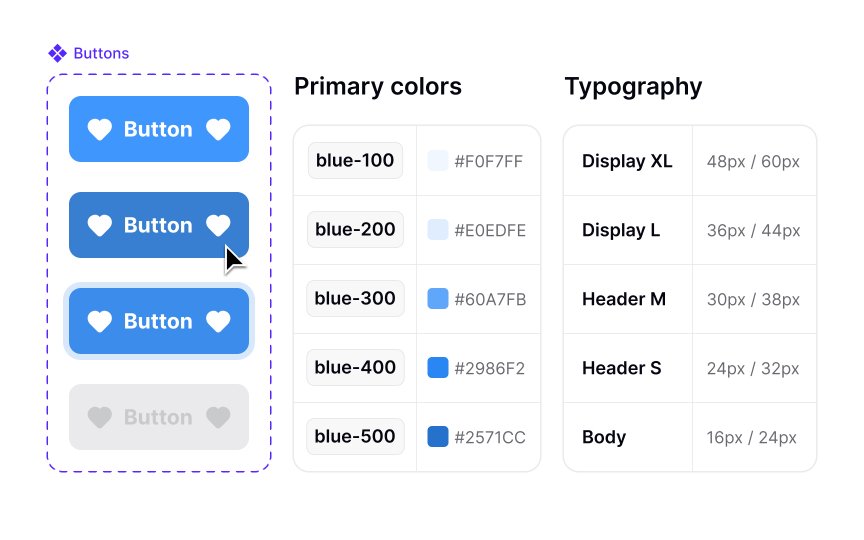Design systems as a collaboration tool
Design systems are powerful tools for agile collaboration when used appropriately. They provide a shared language and reusable components that both designers and developers understand. However, they can become barriers to agility if misused as tools for enforcing pixel-perfect implementation rather than enabling teamwork. The ideal use of design systems includes:
- Supporting rapid ideation
- Facilitating co-design sessions where teams quickly assemble layouts using known components
- Establishing a shared implementation language with developers
- Letting teams focus on solving unique problems rather than recreating standard elements
Problems occur when designers create overly polished mockups too early, presenting them as final solutions before proper exploration. This leads developers to assume everything must be implemented exactly as shown, wasting time on details that may not matter to users. The result is a "polished handoff culture" that undermines agile's emphasis on collaboration. To stay agile with design systems, designers should use rough components for early ideas, sketch in low fidelity with developers instead of working solo, clearly communicate design intent, and use the system for speed rather than perfection.
Pro Tip: Create a "low-fidelity kit" based on your design system for rapid sketching without getting caught in visual details too early.

